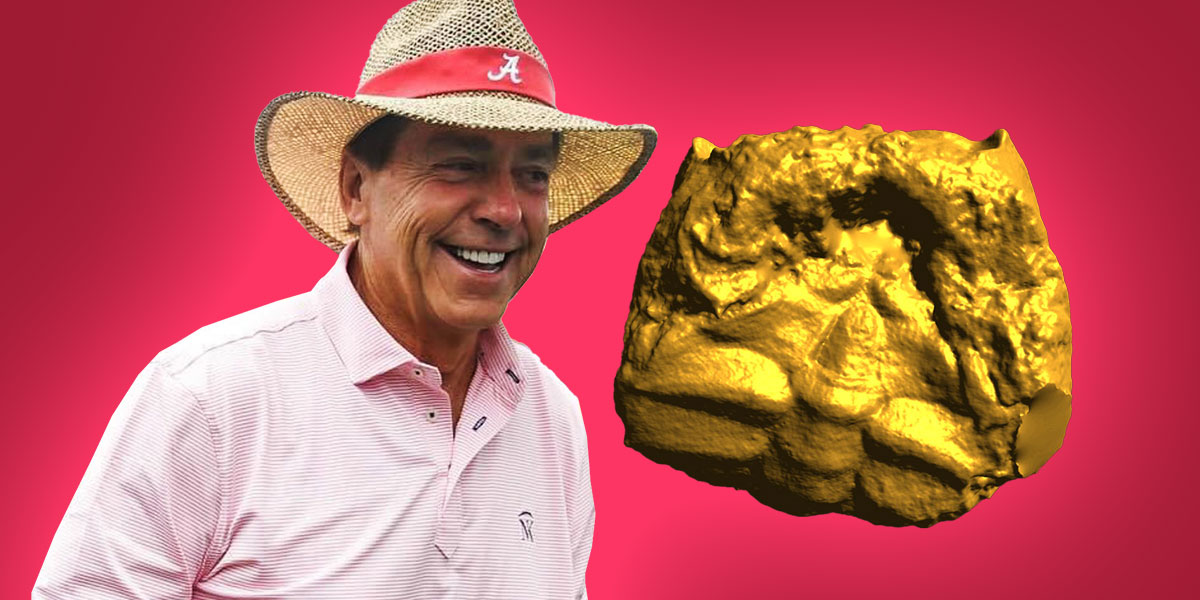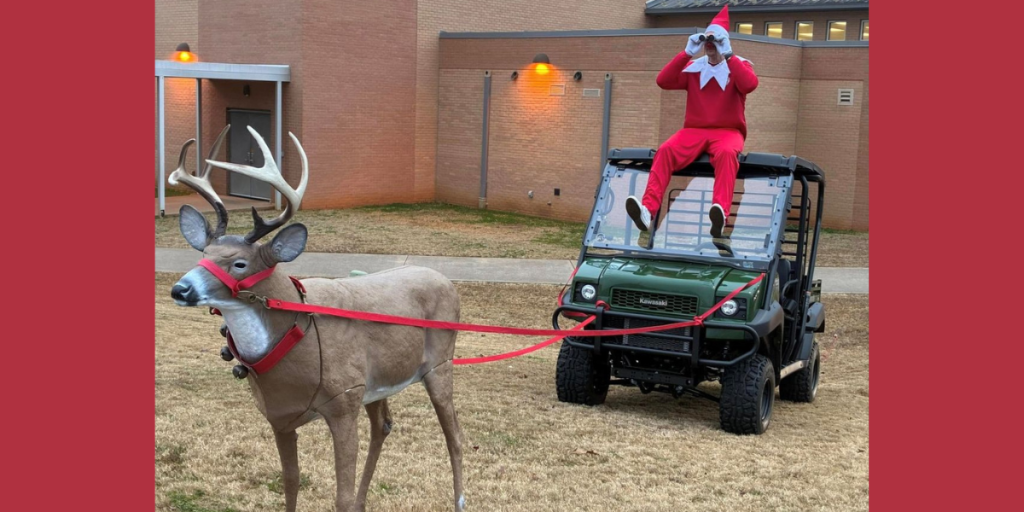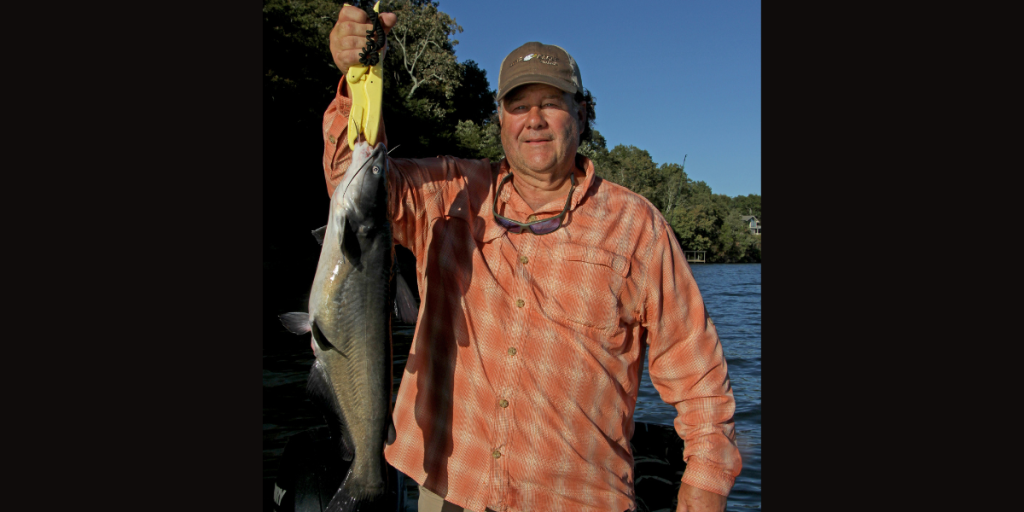While all non-flying dinosaurs went extinct 66 million years ago after a massive meteorite struck Earth and extensive volcanism, other creatures, such as crabs, survived. A new study of 65-million-year-old crab and shrimp fossils from central Alabama has yielded multiple species and genera new to science. One of the new crab species is named after the legendary football coach Nick Saban, honoring his vast achievements for The University of Alabama and the state.
The scientific name of the crab is Costacopluma nicksabani. Lead author Dr. Adiel Klompmaker, Curator of Paleontology in UA Museums’ Department of Museum Research and Collections said: “The species name not only honors Nick Saban because he famously won six national and nine SEC championships with the Crimson Tide from 2007–2023, but his dedication to Nick’s Kids Foundation continues to have a tremendously positive impact for children in Alabama and beyond.”
The Saban crab is the most abundant crab among the newly described decapod crustacean fauna from Lowndes County, Alabama. Most of the nearly 200 specimens are isolated carapaces (to which the long legs were attached) measuring up to 15 mm (0.6 inches) in width. Costacopluma nicksabani lived on or in the muddy sea floor. Specimens of the genus Costacopluma lived from 87–48 million years ago, but members of the same family, Retroplumidae, are still around today.

“The decapod crustacean fauna is quite remarkable and contains, in addition to the Saban crab, seven other species, including another new crab species, two other crabs, a hermit crab, and three burrowing shrimps,” Dr. Klompmaker said. “We also erected one new crab and one new burrowing shrimp genus to better classify two species in the decapod tree of life.”
This decapod crustacean fauna lived 600,000–700,000 years after dramatic Cretaceous-Paleogene mass extinction event 66 million year ago. Never have as many as eight decapod species been found at a single site in North America so soon – geologically speaking – after this extinction. This event, linked to a meteorite impact near Mexico and massive volcanic eruptions in India, wiped out ~75% of all species on Earth. Major groups such as non-flying dinosaurs, mosasaurs, and flying reptiles (pterosaurs) went completely extinct. The hardy decapod crustaceans survived though, and they still flourish to the present-day in Alabama and elsewhere.
The research team further includes UA Museums’ Research Associate of Paleontology and avocational (hobby) paleontologist Mr. George Martin plus other colleagues from Alabama, Slovakia, Mississippi, and Florida. Martin found most of the decapod specimens used in this study.
Martin said: “Not only is this site known for the variety of decapods occurring here, but we have also collected a number of vertebrate and other invertebrate specimens. Vertebrates found here include several species of shark, ray, and other fish, crocodilians, and turtles. Invertebrates, along with the crabs and ghost shrimp, includes a nautiloid and numerous species of oysters, clams, snails, and bryozoans.” Representatives of these groups are illustrated in the new paper.
Over 1,000 fossil specimens have been discovered already at the site. While Dr. Klompmaker has been collecting at the site for the past five years, Martin has been going there even longer. “I’ve been collecting this site for about 15 years and it is very special to me, primarily because it never stops giving. It is a small site, but has produced several species of decapods and a shark new to science, which is amazing to me,” Martin said.
Most fossils from the new study are housed in the UA Museums’ paleontology collection under the care of the Department of Museum Research and Collections. The fossils are available to see during a collections tour upon request.
The scientific paper was published on September 22, 2025, in the freely accessible, international journal Geodiversitas.














